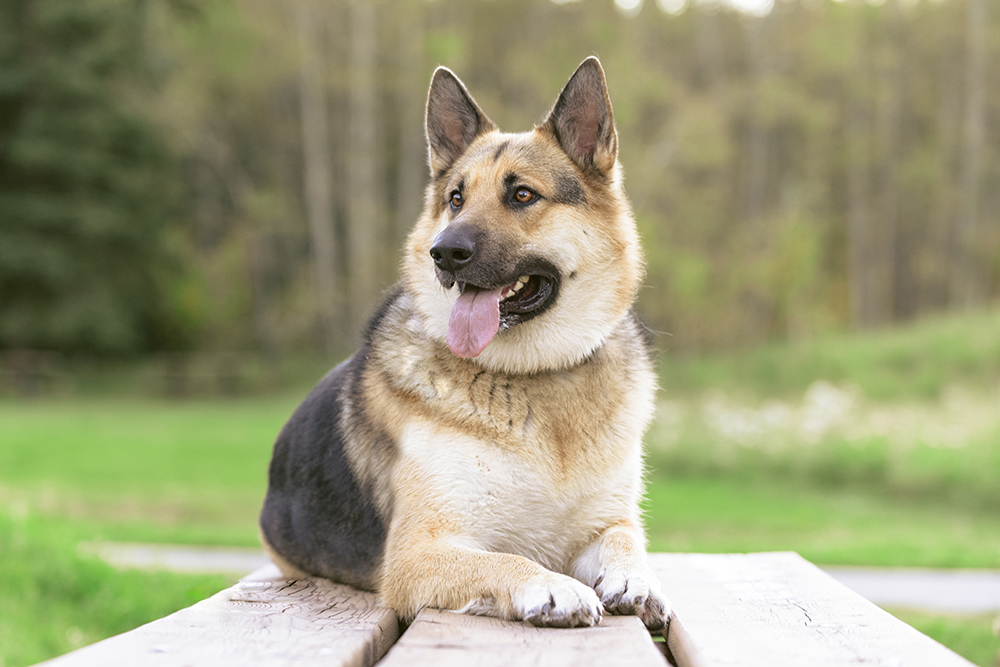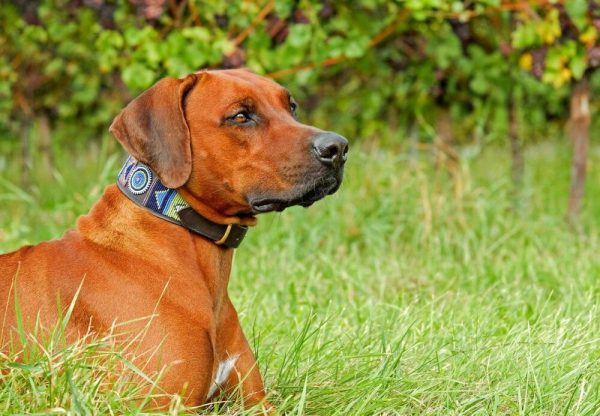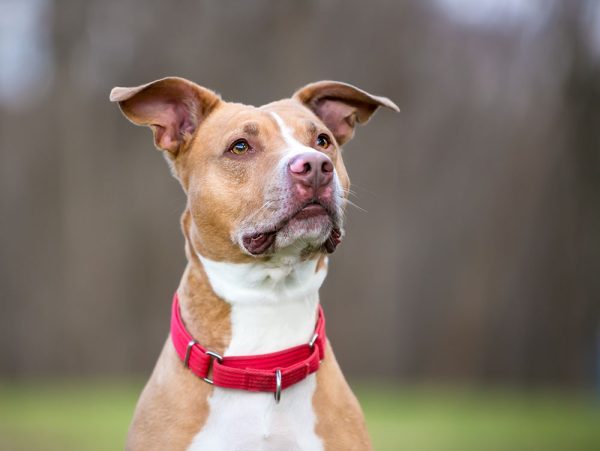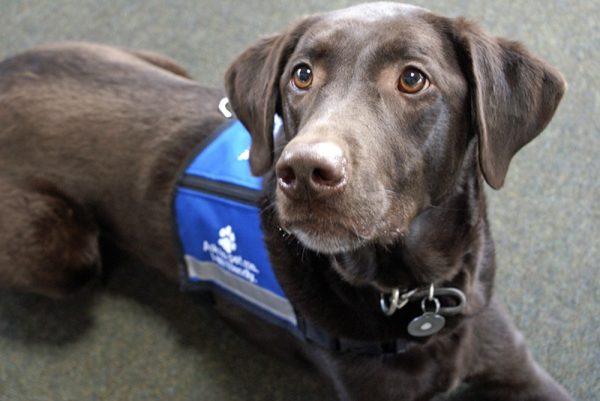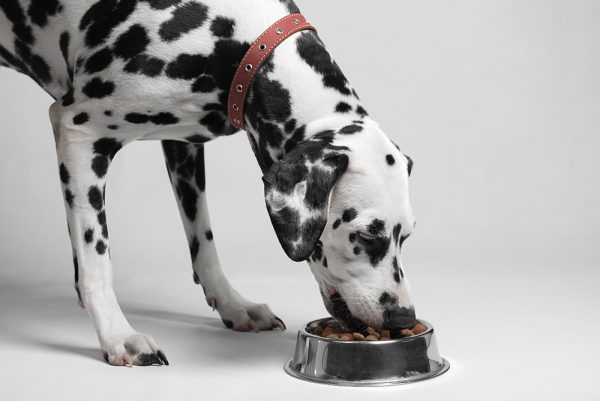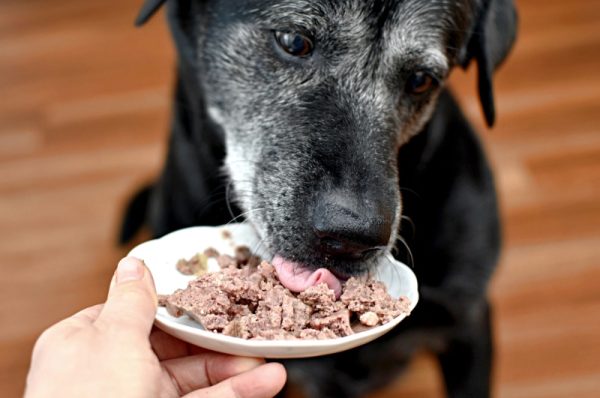In this article
View 8 More +Alaskan Shepherds are a relatively new mixed-breed dog that are excellent companions for people looking for an active and athletic dog. They often adopt the best qualities of an Alaskan Malamute and German Shepherd and are known to be extremely intelligent, loyal, and courageous.
Because Alaskan Shepherds have a strong personality, they’re not recommended for first-time dog owners. They thrive when they live with an experienced dog owner who can provide high-quality training and plenty of exercise opportunities every day.
Breed Overview
Height:
20–26 inches
Weight:
70–100 pounds
Lifespan:
10–12 years
Colors:
Black, Blue, Brown, Cream, Gray, Red, Sable, Silver, White
Suitable for:
Active families, Outdoors enthusiasts, experienced dog owners
Temperament:
Loyal & loving, intelligent, easy to train, friendly, gets along with other pets
The Alaskan Malamute is a cross between the Alaskan Malamute and the German Shepherd. They grow to become medium to large-sized dogs, and larger dogs can exceed 100 pounds. Both Alaskan Malamutes and German Shepherds are working dog breeds and were bred to have a lot of strength and stamina. As a result, Alaskan Malamutes tend to be hardworking and driven dogs. They enjoy having jobs and responsibilities and love when they can work alongside people.
Alaskan Shepherd Characteristics

Alaskan Shepherd Puppies
Alaskan Shepherds are active as adults, so you can expect puppies to be extremely energetic. It’s important to stay on top of their diet, nutrition, and daily exercise so that they can experience healthy growth and development.
Alaskan Shepherd puppies will benefit immensely from early socialization and obedience training experiences. Taking them to puppy socialization classes will ensure they’re exposed to safe and positive interactions with other dogs while under the supervision of a professional dog trainer. Fortunately, Alaskan Shepherds tend to love learning and are eager to please their owners. So, they’ll be enthusiastic and engaged as long as training sessions are kept fun and positive.
It can be challenging to find Alaskan Shepherd breeders because they’re a mixed breed. You may be able to find some breeders who will occasionally breed German Shepherds or Alaskan Malamutes with other dog breeds. It’s possible to find Alaskan Shepherds at your local animal shelter or with rescue groups that specifically care for Alaskan Malamutes or German Shepherds.
Alaskan Shepherd Origin & History
It’s unclear as to when and where the Alaskan Shepherd was first bred. It’s fairly common for working dogs of similar sizes to be crossbred. Therefore, it’s possible that the Alaskan Shepherd was bred for working purposes. Today, they can be found working in jobs that require focus, athleticism, and strength. This includes police dog work, search and rescue, and dog sledding.
Despite their working history, Alaskan Shepherds are also commonly seen as companion dogs and family dogs. They enjoy going on adventures and seem to particularly enjoy spending time outdoors.
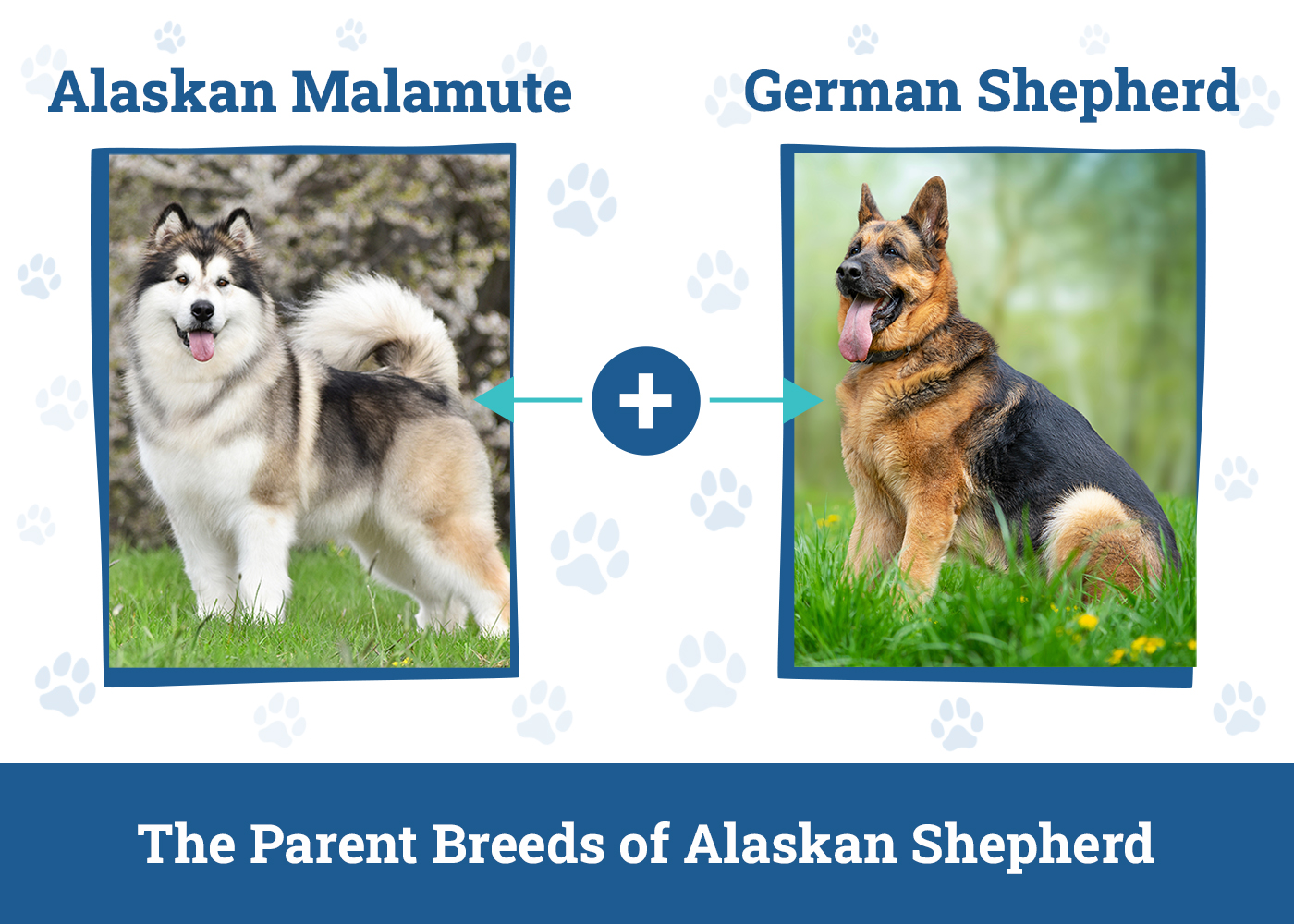

Temperament & Intelligence of the Alaskan Shepherd
Alaskan Shepherds are extremely intelligent and capable dogs. These dogs often thrive as working dogs because of their trainability, loyalty, strength, and stamina. You can often find them employed as search and rescue dogs, police dogs, and military dogs.
Because of their intelligence and high energy levels, it’s important for Alaskan Shepherds to have plenty of exercise and enrichment activities scheduled multiple times throughout their day. Under stimulated Alaskan Shepherds often become restless and develop unwanted behaviors, including excessive barking and destroying furniture.
Since Alaskan Shepherds are capable of causing significant damage, it’s important to start training and socializing them as soon as possible. They’re often recommended for experienced dog owners who understand canine behavior and can invest a significant amount of time into obedience training. A well-trained Alaskan Shepherd is a devoted and loyal companion who is ready to accompany their owners on any sort of adventure.
Are These Dogs Good for Families? 👪
Alaskan Shepherds can be good family dogs, but they’re best suited for families with older children. These dogs have a lot of energy, and it can feel overwhelming to younger children. Alaskan Shepherd puppies may lack spatial awareness and accidentally knock over small children while they’re playing and running around.
Once an Alaskan Shepherd fully acclimates to their new family, they often become protective and patient with children in the family. However, it’s still important to teach children how to interact with dogs respectfully and identify cues that dogs give when they want to be left alone.
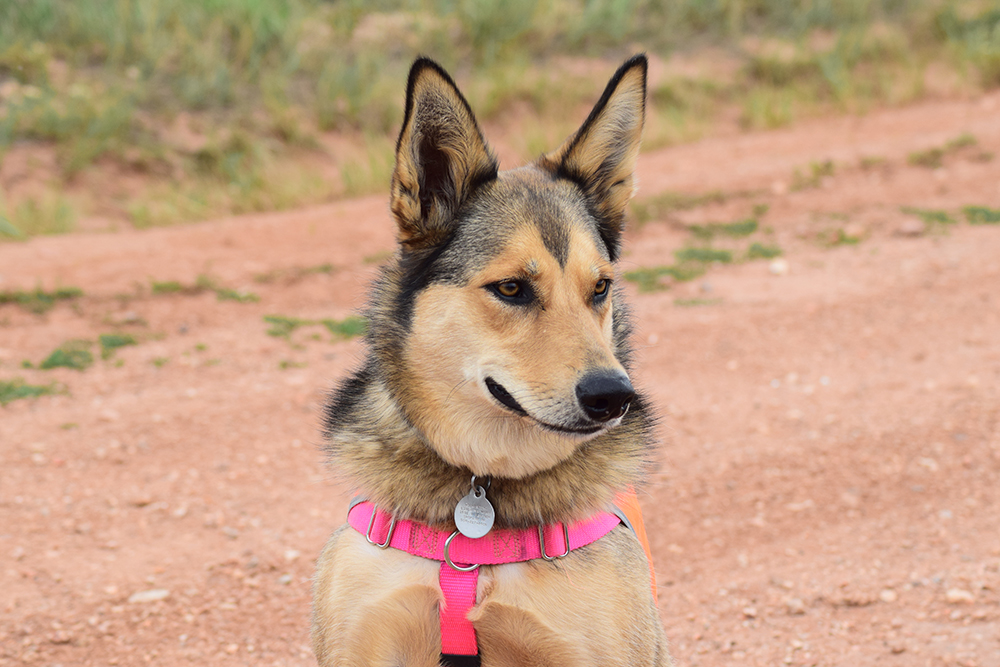
Does This Breed Get Along With Other Pets? 🐶 😽
Alaskan Shepherds can get along with other dogs in the home, but they don’t mind being the only pet dog in a family. They also tend to have a strong prey drive, so it’s not recommended to bring home small pets when you live with an Alaskan Shepherd.
Early socialization will help Alaskan Shepherds immensely in living harmoniously with other dogs and pets. So, if you expose your Alaskan Shepherd to other dogs and animals in a safe and comfortable environment, it’s possible for your Alaskan Shepherd to learn to live with other pets.

Things to Know When Owning an Alaskan Shepherd
Food & Diet Requirements 🦴
Alaskan Shepherds are relatively healthy dogs, so they’re usually fine with eating regular high-quality dog food that has clean ingredient lists. They don’t really need to eat special diets, like limited-ingredient or grain-free dog food unless they have an allergy or sensitivity as diagnosed by a vet. If you have a particularly active Alaskan Shepherd, consult your veterinarian to determine if they’ll benefit from eating a high-protein diet. High-protein diets can help provide enough energy for your dog so that they can continue engaging in their jobs or athletic hobbies.
Alaskan Shepherds are at risk of developing hip and elbow dysplasia and joint pain as they grow older. Therefore, they can benefit from taking bone and joint supplements, but just make sure to get approval from your vet before adding anything new to their diet.
Alaskan Shepherds may also be at risk of bloat, so it’s important to make sure they have healthy eating habits. You may want to consider getting a slow-feeder bowl if your Alaskan Shepherd tends to gobble up their food too quickly.
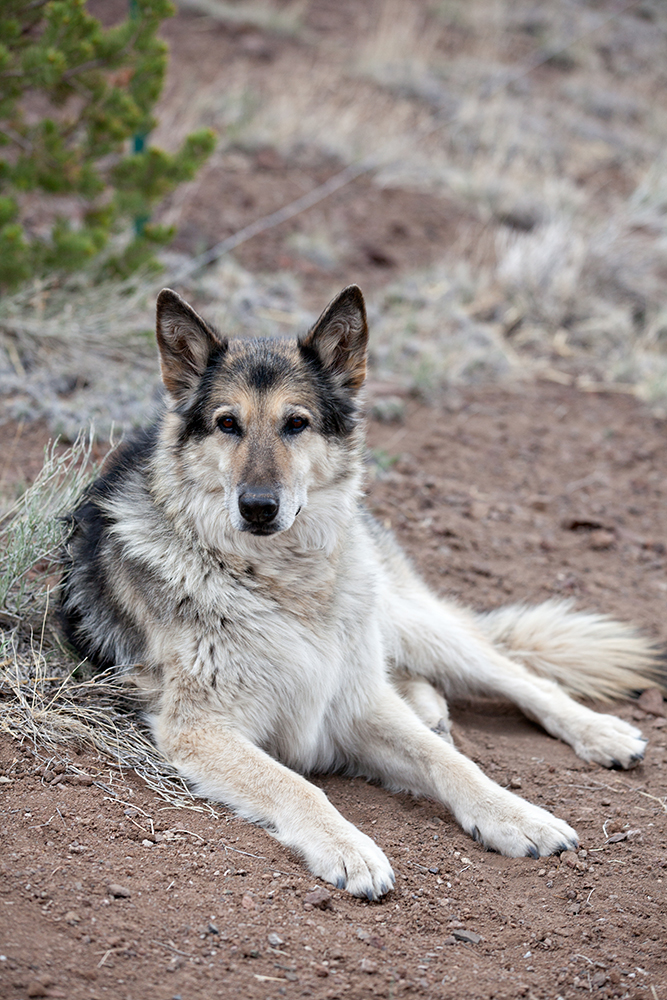
Exercise 🐕
Alaskan Shepherds are active and athletic dogs who require a minimum of 1 hour of exercise a day. Younger Alaskan Shepherds usually need to engage in more physical activities than just walking around the neighborhood. They’ll love running around off-leash, so it’s best for them to live in homes that have a securely fenced backyard. These dogs are also excellent outdoor companions and will love going on camping trips, walking on hiking trails, and participating in other outdoor activities.
Since Alaskan Shepherds are so active, they’ll benefit from learning to play dog sports or having a job. They often excel in obedience training, agility courses, dock diving, and other activities that require strength and agility.
Training 🎾
Alaskan Shepherds are intelligent and fast learners. However, due to having so much energy, they can still be challenging to train. It’s also common practice to exercise an Alaskan Shepherd before a training session in order to help them stay focused.
Fortunately, Alaskan Shepherds are willing to please their handlers, and they’re often food motivated. They respond extremely well to praise, treats, and other forms of positive reinforcement. They also tend to learn best when training sessions are kept short and fun. It’s much more effective to schedule multiple short training sessions throughout the day than one or two long training sessions.
Most Alaskan Shepherds who are new to training will stay engaged in training sessions that are between 10 to 15 minutes long before they start to lose interest and motivation. The duration of training sessions can increase as your Alaskan Shepherd matures and gains more experience with obedience training.
Grooming ✂️
Alaskan Shepherds are moderate to heavy shedders. They have a thick double coat that must be brushed regularly to lift dead hairs from the coat and manage shedding around the house. Most Alaskan Shepherds require baths every 6 to 8 weeks, and you can use shampoo and conditioner with a shed-control formula to reduce shedding.
It’s important never to shave down an Alaskan Shepherd because this can prevent new hair growth and cause skin and coat issues. If your Alaskan Shepherd’s coat feels unmanageable, you can schedule an appointment with a professional groomer. A groomer can blow out your dog’s coat, which will remove loose and dead hairs from their undercoat.
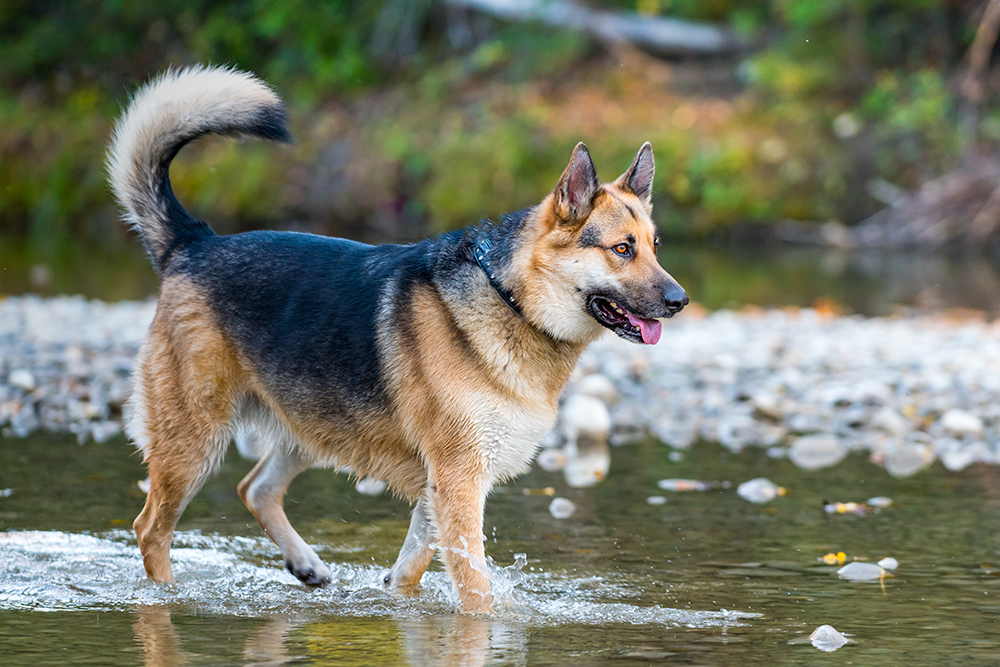
Health and Conditions ❤️
- Hip and elbow dysplasia
- Arthritis
- Allergies
- Cancer
- Bloat
- Diabetes
Male vs Female
There are no known personality differences between male and female Alaskan Shepherds. You’re more likely to see behavioral differences between dogs who have been neutered or spayed and dogs who haven’t been. Unneutered male dogs can be more territorial and aggressive towards other dogs, and they can be more challenging to potty train because of their tendency to urine mark. Dogs who haven’t been spayed or neutered also have a tendency to roam in search of a mate.
When it comes to size and appearance, male Alaskan Shepherds tend to be slightly larger and heavier than female Alaskan Shepherds. However, genetics also affect size, and it’s more likely for an Alaskan Shepherd to grow to a similar size as their parents.

3 Little-Known Facts About the Alaskan Shepherd
1. Alaskan Shepherds’ coats protect them from both cold and heat.
Alaskan Shepherds have double coats that act as insulation during cold weather. Their coats also help them regulate their body temperature and prevent them from overheating in hot weather. Shaving down an Alaskan Shepherd’s coat can actually make it more difficult for them to regulate their body temperature. So, it’s better to keep your Alaskan Shepherd indoors and in cooler conditions when it’s extremely hot outside.
2. Alaskan Shepherds are extremely versatile.
Alaskan Shepherds have the temperament and physique to perform a variety of tasks. They trust their owners deeply and are eager to please them, so they tend to excel in obedience training and dog sports. They’re also capable working dogs that can be seen working in a variety of jobs. The only thing they probably won’t do well is be a couch potato.
3. Leash training can be particularly challenging for Alaskan Shepherds
Alaskan Shepherds are intelligent dogs, but they can still be challenging to leash train because of their temperament. They have a strong prey drive and can end up dragging their owners along whenever they see a squirrel or rabbit on their walks. Alaskan Malamutes can also enjoy pulling because they were bred to pull cargo and sleds, so Alaskan Shepherds may have a tendency to pull at the leash during walks.

Final Thoughts
Alaskan Shepherds are excellent working dogs and companion dogs. They’re smart and capable, and they take their responsibilities seriously. With that being said, Alaskan Shepherds are best suited for owners who are able to match their energy, invest in high-quality obedience training, and assign them daily tasks and jobs. When matched with the right owner, Alaskan Shepherds will thrive and become some of the most loyal and devoted dogs who are ready to take on any challenge with their human companions.
Featured Image Credit: BGSmith, Shutterstock
